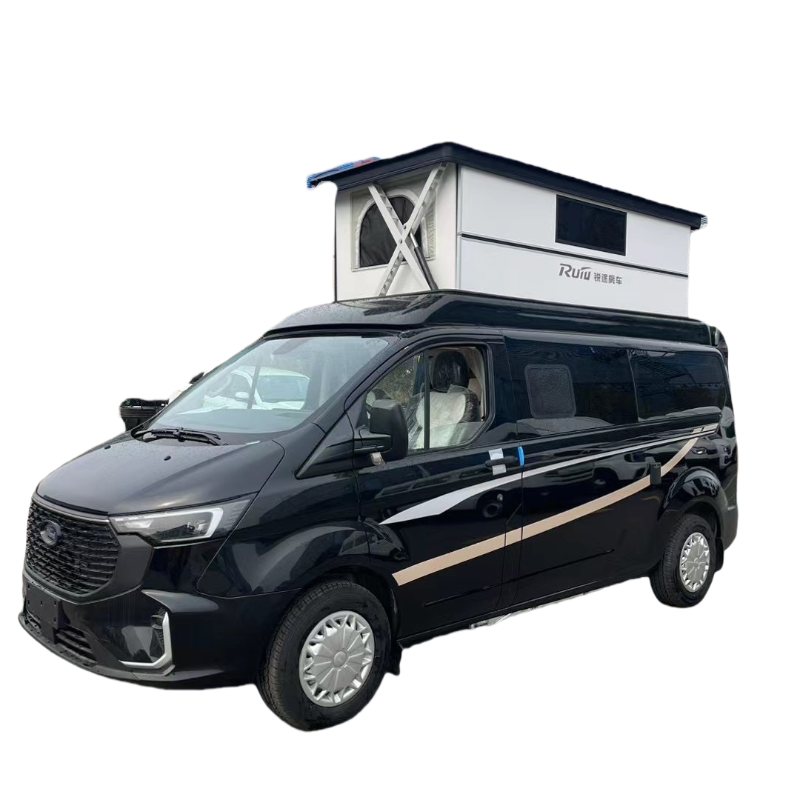Ensuring Safety and Efficiency A Comprehensive Guide to Truck Mounted Crane Maintenance

Introduction:
Truck mounted cranes are essential equipment in various industries such as construction, logistics, and utilities. Sweeper trucks maintenance tips provide the capability to lift and move heavy loads with precision and efficiency. However, to ensure the safety of operators and the longevity of the equipment, proper maintenance procedures must be followed diligently. In this comprehensive guide, we will discuss the importance of truck mounted crane maintenance and provide detailed insights into the best practices to keep these machines in optimal working condition.
Chapter 1: Understanding the Basics of Truck Mounted Cranes
- Definition and Types of Truck Mounted Cranes
- Applications and Industries that Utilize Truck Mounted Cranes
- Components and Working Mechanism of Truck Mounted Cranes
- Common Safety Hazards Associated with Truck Mounted Cranes
Chapter 2: Importance of Regular Maintenance
- Enhancing Safety Measures for Operators and Surrounding Personnel
- Extending the Lifespan of the Equipment
- Ensuring Compliance with Regulatory Standards and Guidelines
- Preventing Costly Repairs and Downtime
Chapter 3: Developing a Maintenance Schedule
- Frequency of Inspections and Maintenance Tasks
- Creating a Checklist for Routine Maintenance Procedures
- Incorporating Daily, Weekly, Monthly, and Annual Maintenance Tasks
- Utilizing Technology for Maintenance Tracking and Scheduling
Chapter 4: Pre-Operation Checks and Inspections
- Visual Inspection of Crane Components
- Testing Safety Devices and Emergency Stop Mechanisms
- Checking Fluid Levels and Hydraulic Systems

- Verifying Proper Functioning of Controls and Instruments
Chapter 5: Lubrication and Greasing
- Importance of Proper Lubrication for Crane Components
- Identifying Lubrication Points on the Crane
- Selecting the Right Type of Lubricants for Different Components
- Establishing a Lubrication Schedule and Procedure
Chapter 6: Inspection and Maintenance of Hydraulic Systems
- Understanding the Role of Hydraulic Systems in Crane Operation
- Checking Hydraulic Fluid Levels and Quality
- Inspecting Hoses, Fittings, and Seals for Signs of Wear or Leakage
- Performing Hydraulic System Flushing and Filter Replacement
Chapter 7: Electrical System Maintenance
- Testing Batteries and Charging Systems
- Inspecting Wiring, Connectors, and Electrical Components
- Checking Lights, Alarms, and Safety Devices
- Troubleshooting Electrical Issues and Performing Repairs
Chapter 8: Structural Inspections and Load Testing
- Examining the Crane Structure for Signs of Wear, Corrosion, or Damage
- Conducting Load Tests to Verify Crane Capacity and Stability
- Inspecting Outriggers, Boom Sections, and Lifting Attachments
- Consulting Manufacturer Guidelines for Structural Inspections
Chapter 9: Operator Training and Best Practices
- Providing Comprehensive Training for Crane Operators
- Emphasizing Safety Protocols and Emergency Procedures
- Encouraging Operators to Report Any Maintenance Issues or Concerns
- Promoting a Culture of Safety and Responsibility
Chapter 10: Record Keeping and Documentation
- Maintaining Detailed Records of Inspections, Maintenance Tasks, and Repairs
- Documenting Compliance with Regulatory Standards and Manufacturer Guidelines
- Utilizing Digital Tools for Record Keeping and Data Management
- Reviewing Maintenance History to Identify Patterns and Trends
Conclusion:
Truck mounted cranes play a crucial role in various industries, and their proper maintenance is essential to ensure safety, efficiency, and longevity. By following the best practices outlined in this guide, operators and maintenance personnel can effectively manage and care for these powerful machines. Regular inspections, lubrication, hydraulic system maintenance, electrical system checks, and structural inspections are key components of a comprehensive maintenance program. Additionally, operator training, record keeping, and adherence to manufacturer guidelines are vital for maintaining the integrity and performance of truck mounted cranes. By prioritizing maintenance and safety, organizations can maximize the productivity and reliability of their crane fleet while safeguarding their workforce and the surrounding environment.
